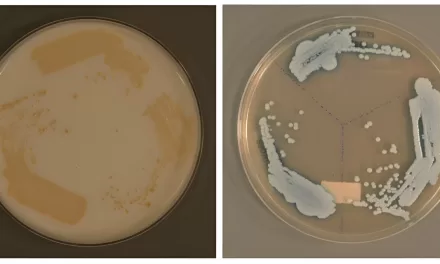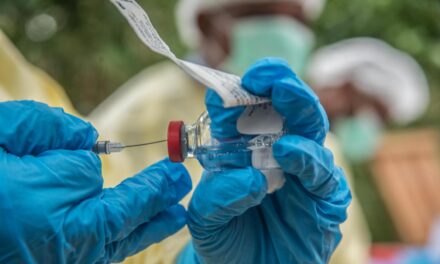The presence of the monkeypox virus is confirmed by nucleic acid amplification testing (NAAT), such as real-time or conventional polymerase chain reaction (PCR), as stated in the WHO Interim Guidance on Diagnostic testing for the monkeypox virus (MPXV). And the recommended specimen type for diagnostic confirmation of monkeypox virus (MPXV) infection in suspected cases is lesion material.
The Alinity m MPXV assay is a real-time PCR test that enables detection of monkeypox virus (clade I/II) DNA from human skin lesion swabs. It is specifically designed for use by trained clinical laboratory personnel who are proficient in PCR techniques and IVD procedures. By detecting DNA from pustular or vesicular rash samples, laboratory and health workers can confirm suspected mpox cases efficiently and effectively.
“This first mpox diagnostic test listed under the Emergency Use Listing procedure represents a significant milestone in expanding testing availability in affected countries,” said Dr Yukiko Nakatani, WHO Assistant Director-General for Access to Medicines and Health Products. “Increasing access to quality-assured medical products is central to our efforts in assisting countries to contain the spread of the virus and protect their people, especially in underserved regions.”
The EUL process accelerates the availability of life-saving medical products, such as vaccines, tests and treatments, in the context of a Public Health Emergency of International Concern (PHEIC). On 28 August 2024, WHO called on mpox IVDs manufacturers to submit an expression of interest for EUL, recognizing the urgent need to bolster global testing capacities as the virus continued to spread. The EUL process assesses the quality, safety, and performance of essential health products, such as diagnostic tests, to guide procurement agencies and WHO Member States in making informed decisions for time-limited emergency procurement.
So far, WHO has received three additional submissions for EUL evaluation, and discussions are ongoing with other manufacturers of mpox IVDs to ensure a wider range of quality-assured diagnostic options. This will support countries which have not approved the medical products through their own approval processes to procure the critically needed tests through UN agencies and other procurement partners.
The EUL for Alinity m MPXV assay, allowing for its use, will remain valid as long as the PHEIC, justifying the emergency use of mpox in vitro diagnostics, is in effect.
Information on active EUL applications for mpox IVDs can be found on these WHO webpages.












